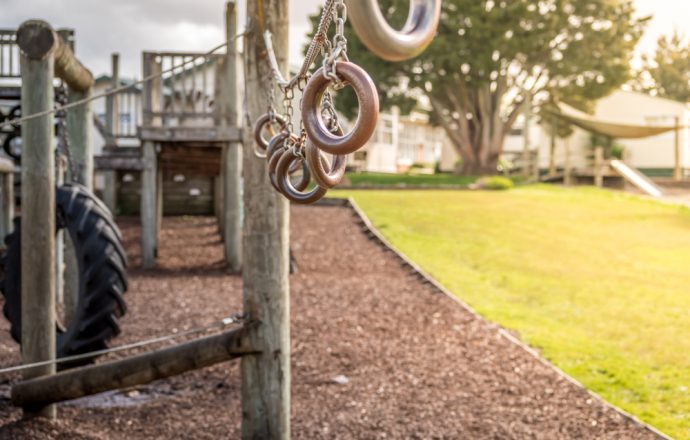小学和中学担心政府的审查威胁着外国入学人数每年超过 2000 万美元的学费。
行业领导人表示,这次审查完全令人惊讶,政府尚未解释它想要改变什么。
小学和中学是新西兰国际教育部门的一个小但越来越多的一部分。
2019 年,324 所中小学招收了 5225 名儿童,其家庭支付了 2400 万加元的学费。
其中一些儿童进入学校团体几个星期,其他儿童全年与父母或法定监护人一起呆在一起,而 10 岁以上的儿童则可以与当地家庭住在一起。
陶朗加 Pillans Point School 的校长马特·西缅说,人们对宣布评论感到担忧。
“这有点左边的冲击。我们可能在四、五周前听说过怨言,但是为了实际以书面形式出来,我们想要审查初级和中间体国际教育的提供情况,我们很多人想知道这里发生了什么以及为什么,” 他说。
他说,校长怀疑教育部不喜欢他们招收这样的幼儿,但他们不知道它可能要做什么改变,需要告诉他们。
“你是在考虑年龄变化或年龄限制,还是考虑根本没有它们,因为这将产生巨大的影响。”
西缅说,学校利用学生的任何利润来支付额外的教师助手费用,入学人数下降将导致失业。
政府规则要求任何 10 岁以下的外国学生与法定监护人或家长住在一起。
来自学校国际教育商业协会的约翰·范德兹万表示,这确保了对孩子们的良好照顾水平,并帮助该部门的小学部分比其他部门更好地应对疫情。
他说,有一种全球趋势:家庭希望为孩子接受英语教育,新西兰尤其吸引来自中国和韩国的孩子。
他说,许多孩子继续学习中学和大学,这对新西兰具有良好价值。
范德兹万说,政府的审查完全令人惊讶。
他说:“这对我们来说已经是蓝色的,这不是我们期望的。”
北帕默斯顿 Whakarongo School 校长哈科·布鲁德里克表示,他的学校目前有三名外国学生,但在正常年度将有多达 10 名。
他说,入学人数有助于学校的学生培养文化能力,该计划的经济效益扩展到更广泛的社区。
布鲁德里克说,新西兰的两个外国入学竞争对手澳大利亚和加拿大不允许小学年龄的外国学生入学,这给了新西兰一个优势。
他说,在小学里度过时间的国际学生对中学学习做好了更好的准备。
教育部长克里斯·希普金斯表示,这次审查是改善新西兰国际教育部门的举措的一部分。
他说:“在实行边境限制的同时,有机会加速和嵌入国际教育战略中所示的 ‘高质量、高价值’ 战略转变。”
“这包括审查我们当前针对小学和中级国际学生的政策设置,以确保他们保持符合目的。
“教育部目前正在就这个问题制定建议,并预计在 2021 年晚些时候进行正式的公众磋商之前,与该部门就潜在的备选方案进行接触。
“尚未就影响小学和中级国际学生的政策的变化作出任何决定。”
来源:RNZ 新闻






























































